- +033 2572 7171
- info@dhanvantary.com

4.5 Rating | 4500 Review

4.5 Rating | 4500 Review
Angina pectoris, often called "angina," is chest pain or discomfort that happens when the heart isn’t getting enough oxygen-rich blood. This usually happens because of narrowed or blocked heart arteries, often due to build-up of fatty deposits (plaque).

People with angina often feel a squeezing, pressure, or tightness in the chest, which may spread to the arms, shoulders, neck, or jaw. It can be triggered by physical activity, stress, or even cold weather. Angina is a warning sign of heart disease and should be taken seriously. While it’s not a heart attack, it does increase the risk of one, so medical evaluation and treatment are essential.
As per Ayurveda, the interpretation of this types of angina pectoris can be considered to be the formation of excess ama, Vitiated Kapha which block the functioning of avata and consequently the circulation of blood to the heart due to blocks.
From Ayurveda point of view, Hridshool means "heart pain," where "Hrid" refers to the heart, and "shool" means pain. It describes chest pain caused by blocked or restricted blood flow to the heart. This pain often comes from imbalances in the Vata and Kapha doshas, which lead to clogged channels (srotas) around the heart.
Hridshool is similar to angina pectoris in modern medicine, as both involve chest pain due to insufficient blood supply to the heart. In Ayurveda, Hridshool is considered a warning sign of heart issues, much like angina is in modern medicine, and both require careful attention and treatment.
Ayurveda offers a holistic approach to managing angina (Hridshool) by balancing the doshas, improving circulation, and reducing blockages.
Panchakarma (Detoxification Therapy):
Virechana (Purgation): Helps clear excess Ama (toxins), which can block heart channels.
Basti (Herbal Enemas): Balances Vata and helps improve circulation.
Hridaya Basti: A specialized treatment where warm medicated oils are applied to the chest to relieve pain and strengthen heart tissues.
Yoga: Gentle asanas, especially Ardha Matsyendrasana (Half Lord of the Fishes), Bhujangasana (Cobra Pose), and Shavasana (Corpse Pose) can support heart health.
Pranayama: Breathing exercises like Anulom Vilom (Alternate Nostril Breathing).
For angina pectoris, it’s essential to avoid foods that can worsen heart health by increasing cholesterol, inflammation, or blood pressure. Here’s a list of foods to avoid:
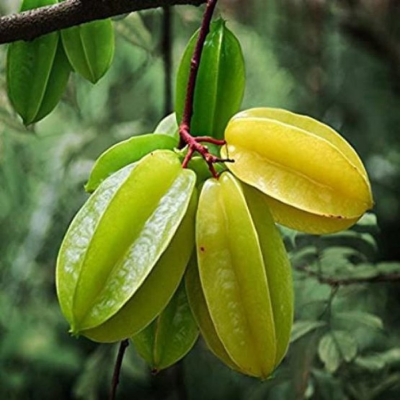
Strengthens the heart and improves blood flow. Often taken as powder or capsule. Or a milk decoction or ksheerpak can be made and taken.
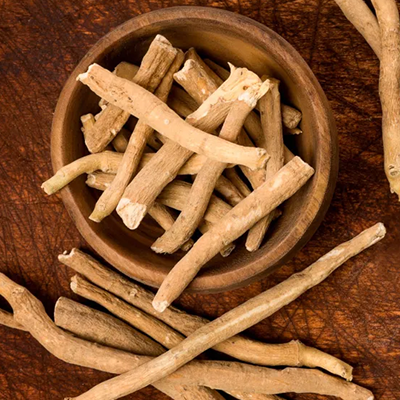
Reduces stress and helps balance Vata dosha.
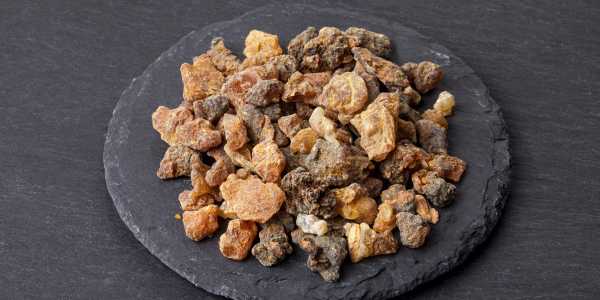
Known for its lipid-lowering properties, which help reduce arterial plaque.
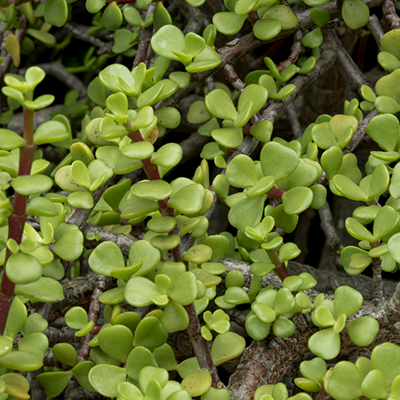
Supports mental relaxation and reduces stress.
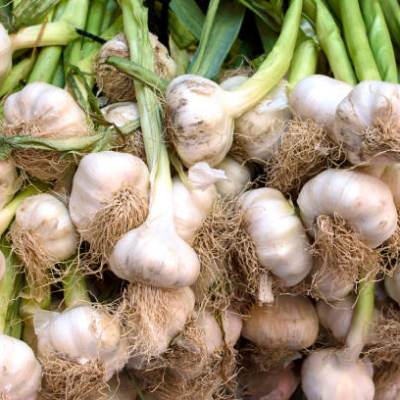
Acts as a natural blood thinner and improves circulation. Garlic can also be taken in ksheerpak (milk decoction) form.
